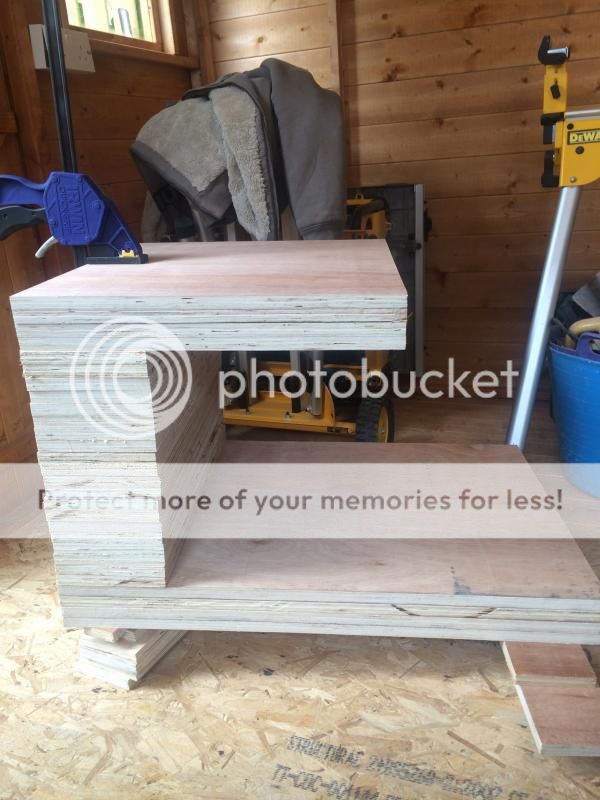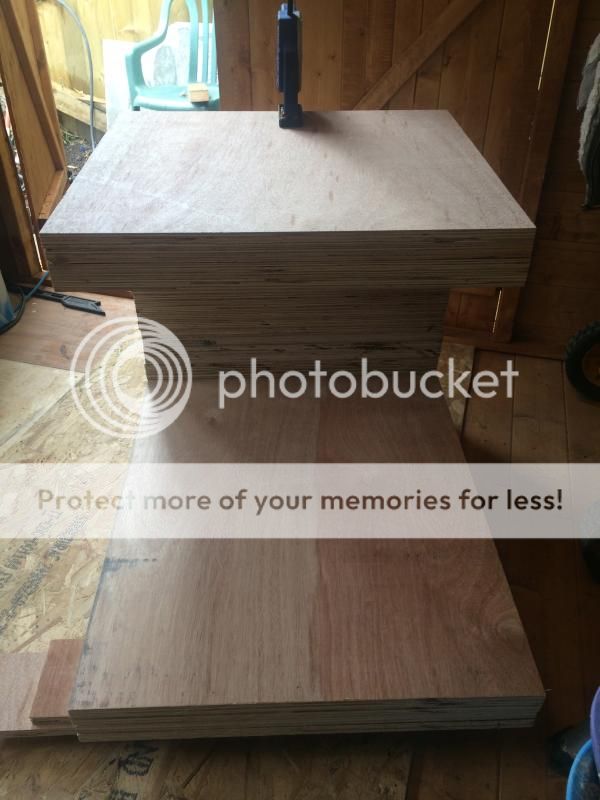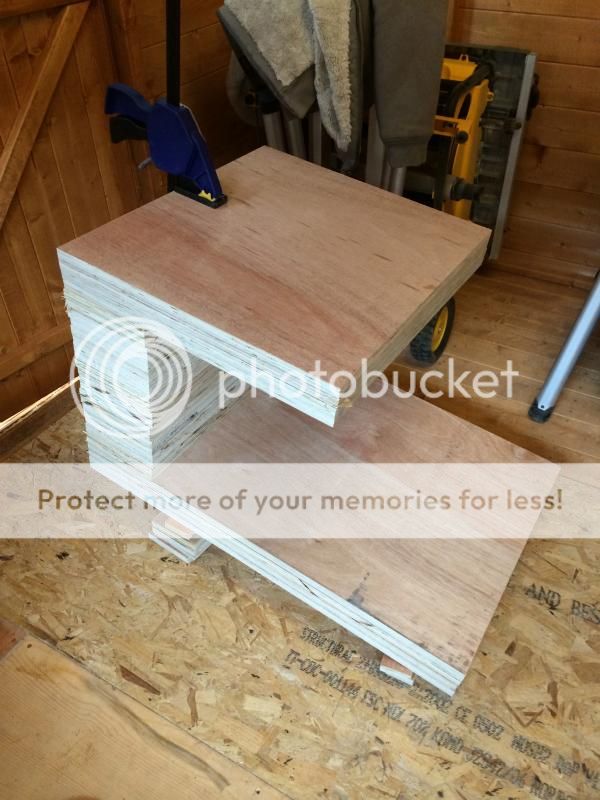DragonImprovements
Established Member
Hi all,
As this is my first attempt at applying any sort of veneer i thought id ask here first.
I have bought some "peal and stick" veneer. Below is the project (far from finished) i will be covering. Ive read that as I'm applying the veneer to ply i should seal the ply, any recommendations as what i should use to seal it? After sealing do i then slightly sand to give it a key?
I am also conceded about the edges. How do you go about getting a perfect edge? do the top first then the side? or side, then top?
I have youtube'd a few videos but i can only seem to find people doing a basic sheet, with no corners.



As this is my first attempt at applying any sort of veneer i thought id ask here first.
I have bought some "peal and stick" veneer. Below is the project (far from finished) i will be covering. Ive read that as I'm applying the veneer to ply i should seal the ply, any recommendations as what i should use to seal it? After sealing do i then slightly sand to give it a key?
I am also conceded about the edges. How do you go about getting a perfect edge? do the top first then the side? or side, then top?
I have youtube'd a few videos but i can only seem to find people doing a basic sheet, with no corners.






































